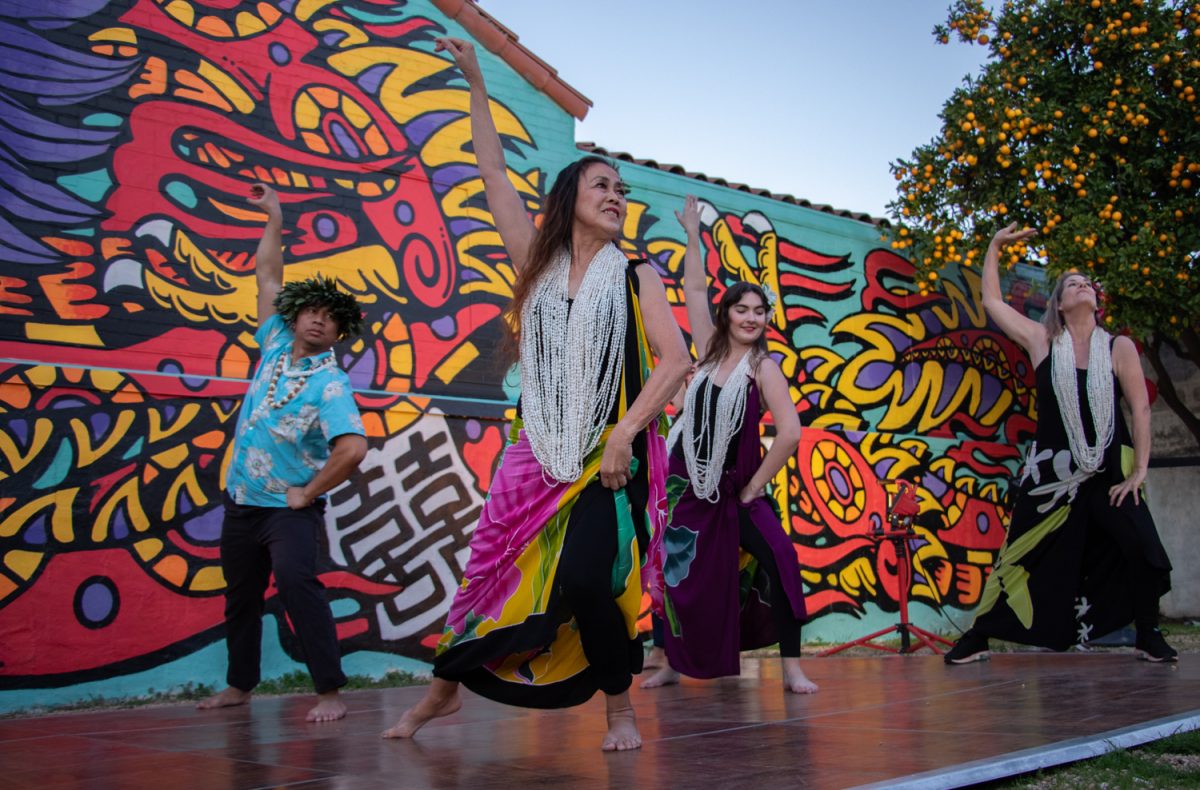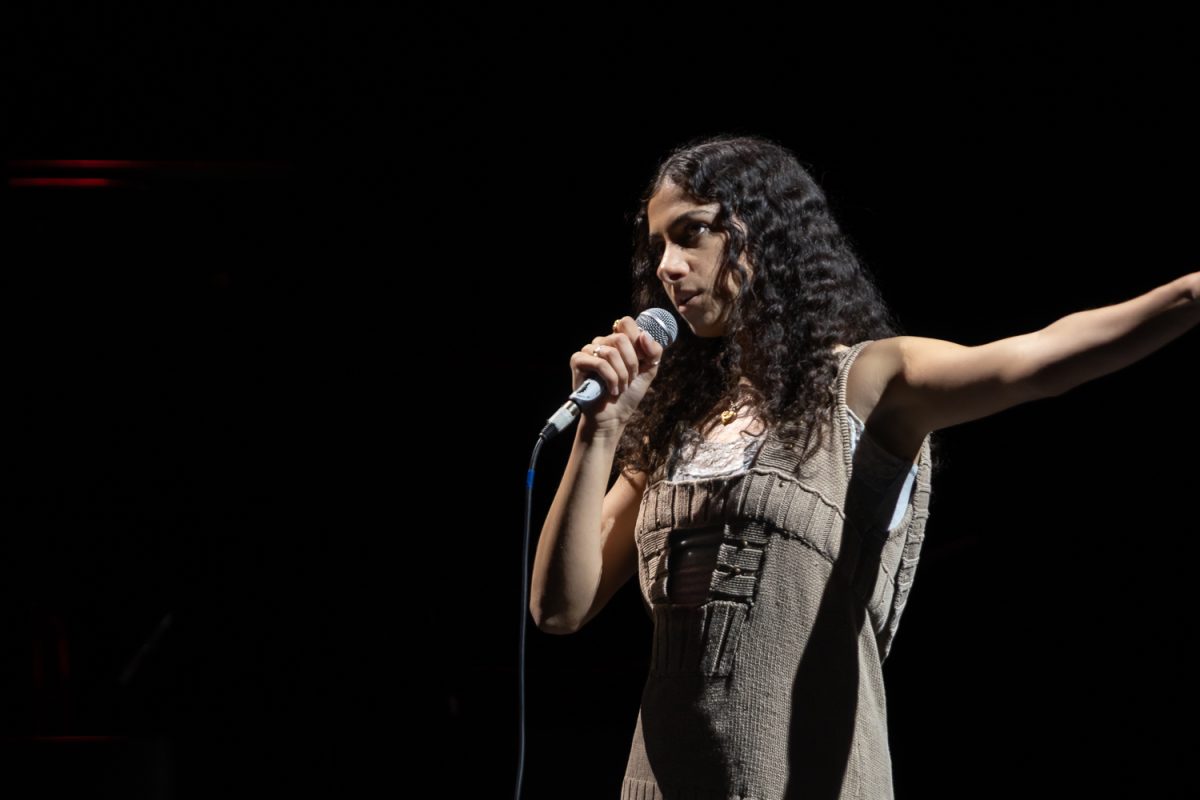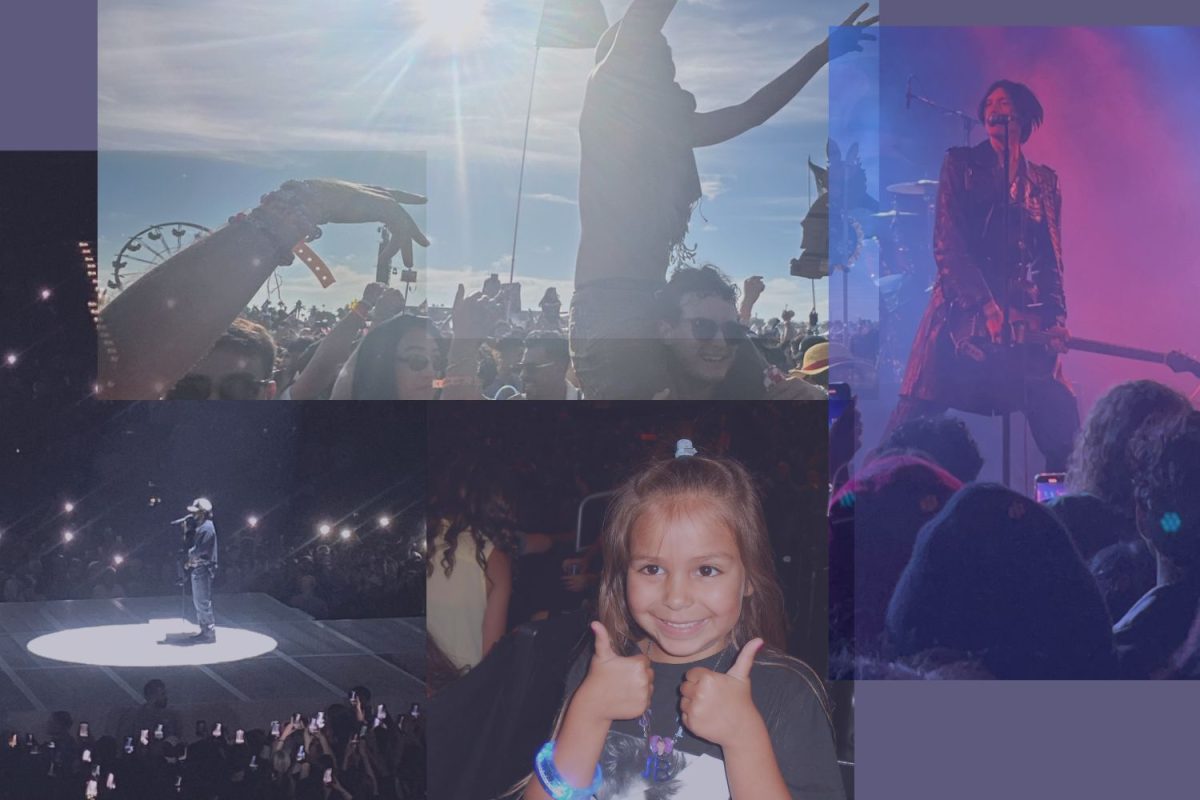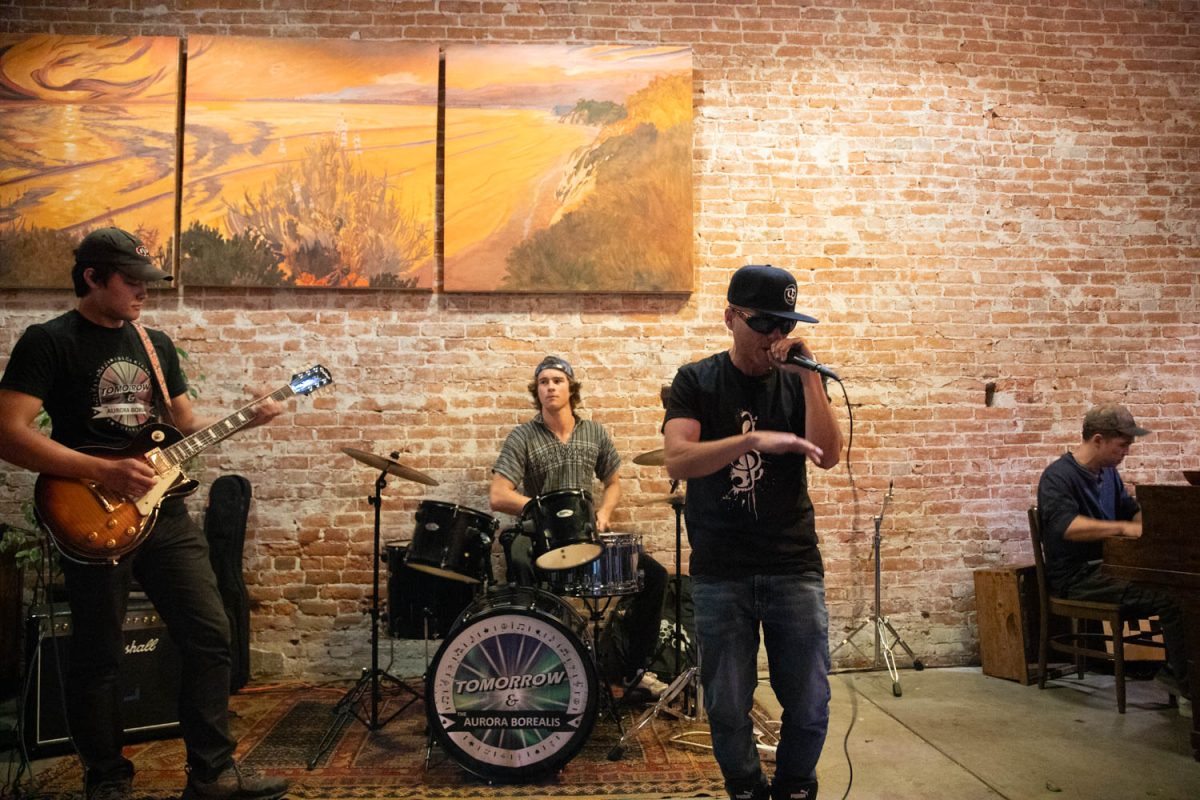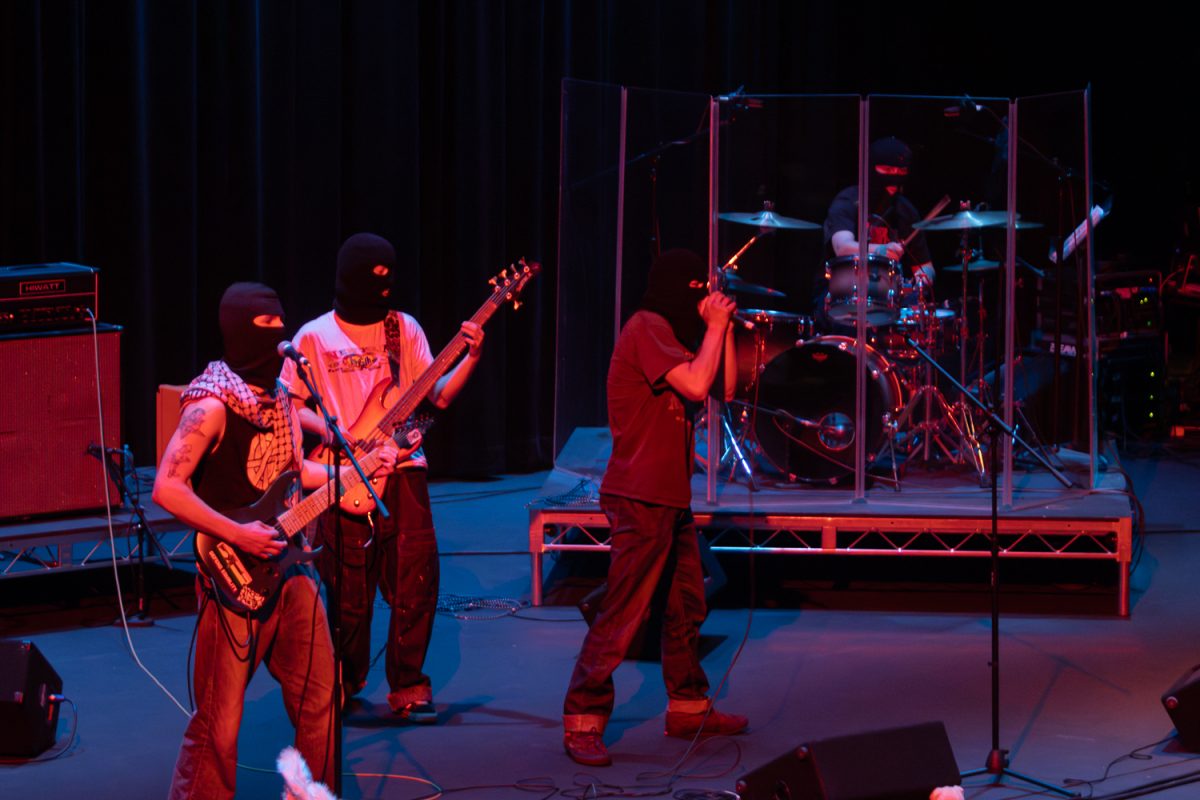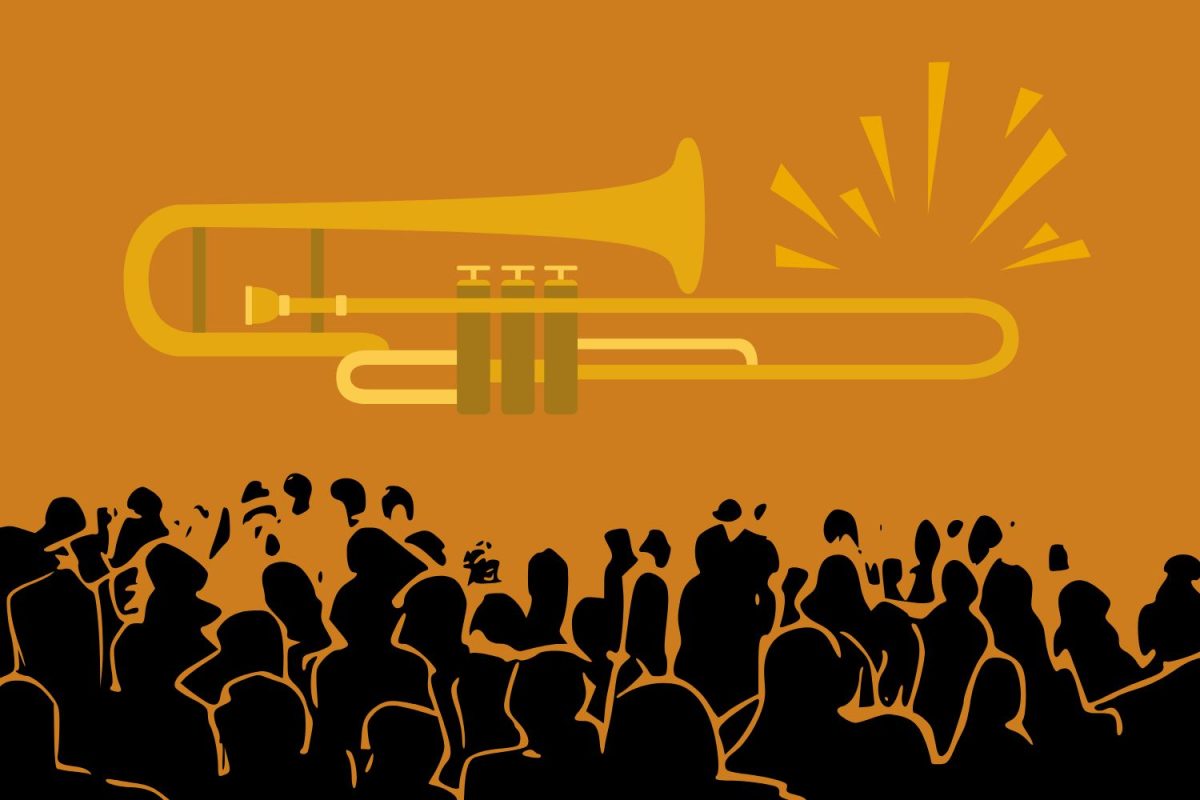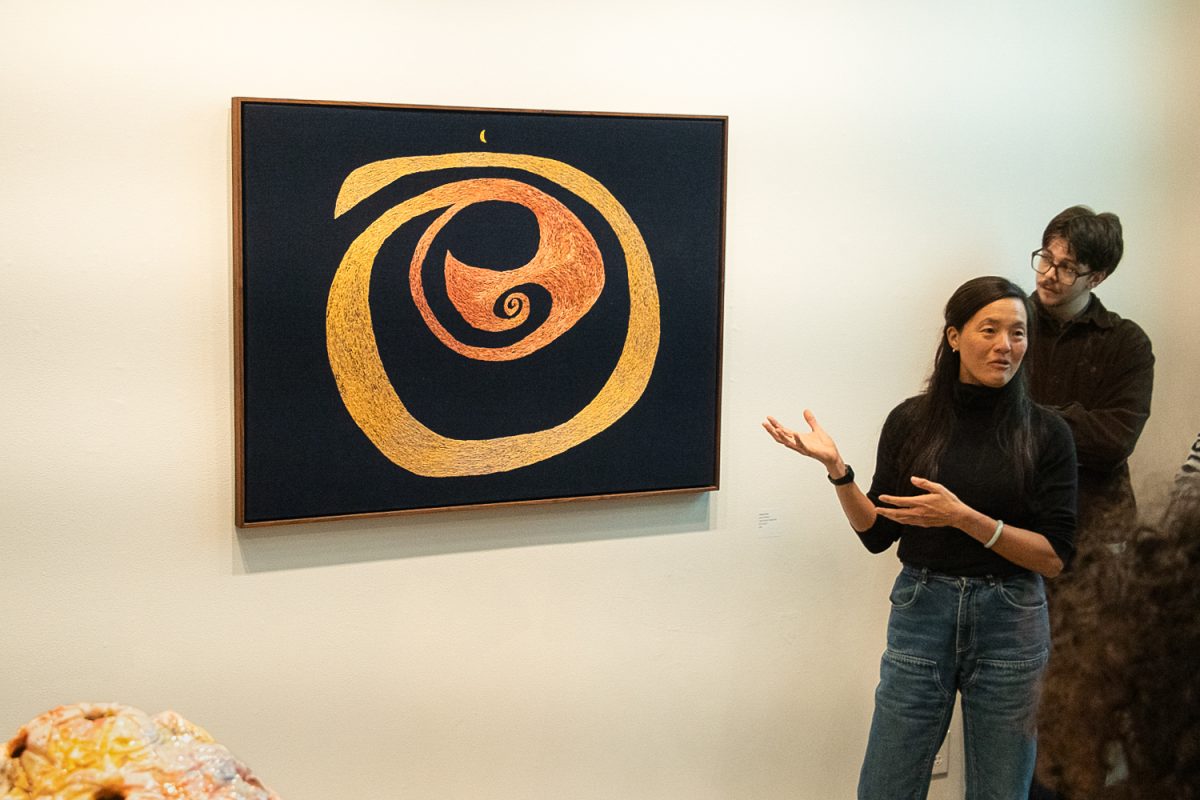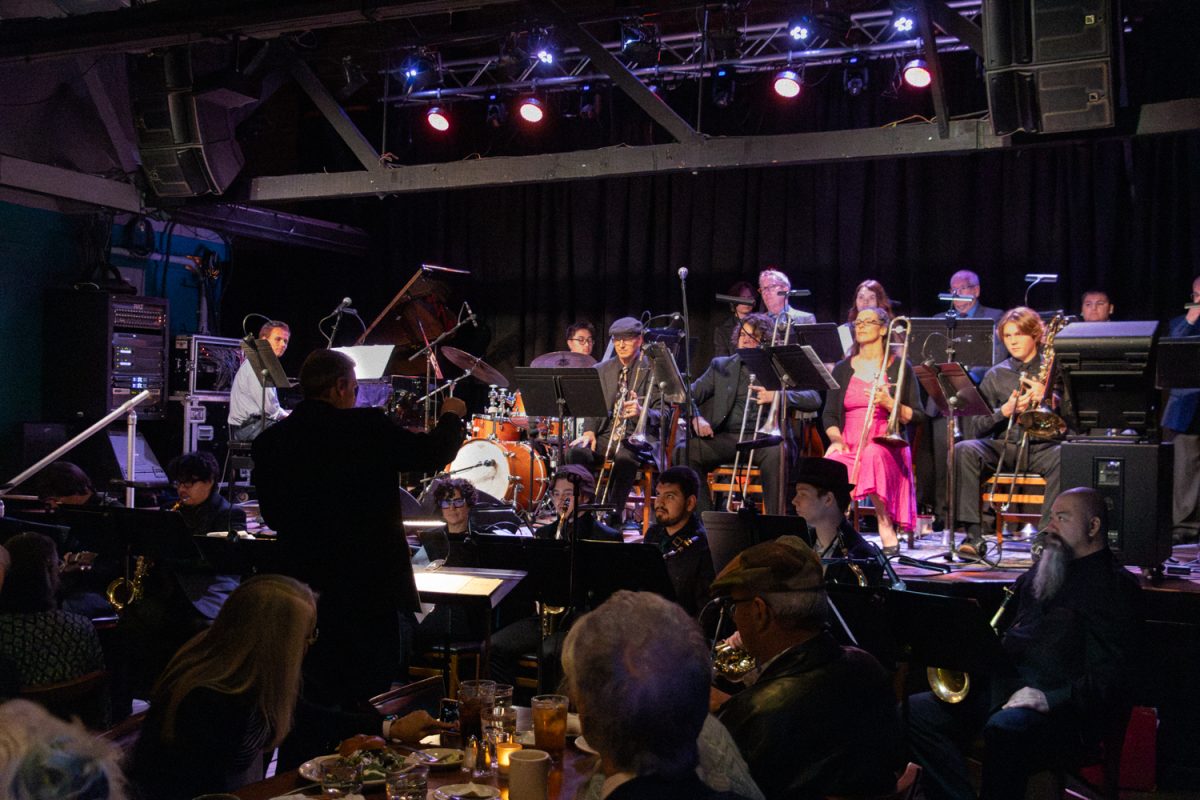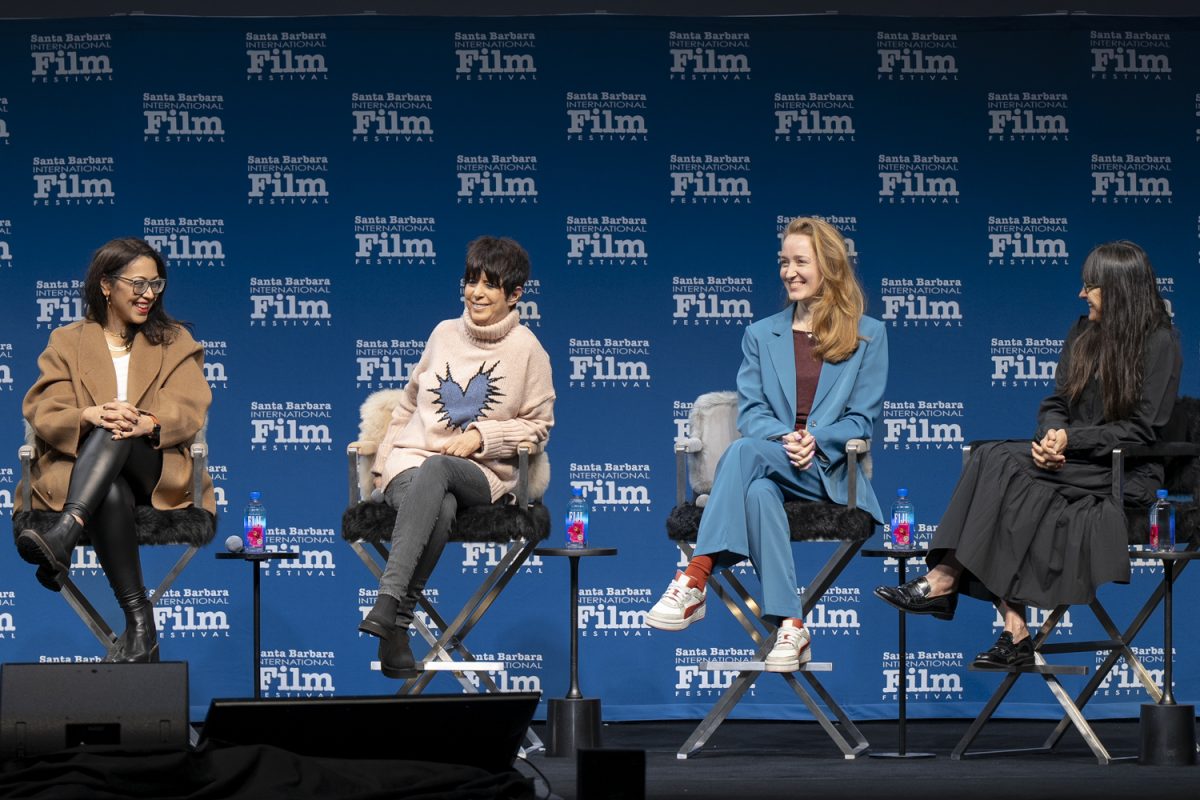On Saturday, Feb. 11, the Year of the Dragon Festival was held at El Presidio de Santa Bárbara State Historic Park in downtown Santa Barbara to celebrate Lunar New Year. The festival was directed by Kai Tepper with the help of Meiya Sidney and local artist DJ Javier.
Tepper is Asian American, and while growing up in Santa Barbara, she realized the need to represent the Asian American Pacific Islander (AAPI) community and give them a voice in the community.
The festival this year served as a celebration for the Lunar New Year, as well as a way to bring awareness to the historic Chinese and Japanese communities that used to reside in the old Presidio neighborhood.
Tepper partnered up with local artist DJ Javier to create a dragon mural on the side of The Pickle Room – a restaurant that sits in a historic building on E. Canon Perdido Street that used to be the former Chinatown and Japantown.
“There wasn’t a lot of awareness around Japantown and Chinatown. They used to exist and thrive here, in what’s known as the Presidio neighborhood,” Tepper said. “I really wanted to represent Asian American communities, Pacific Islander communities, and build awareness in our community that the history of Santa Barbara is really inclusive. I was born the year of the dragon, so there’s always an interest in putting a dragon mirror on one of historical buildings in what used to be Chinatown and Japantown.”
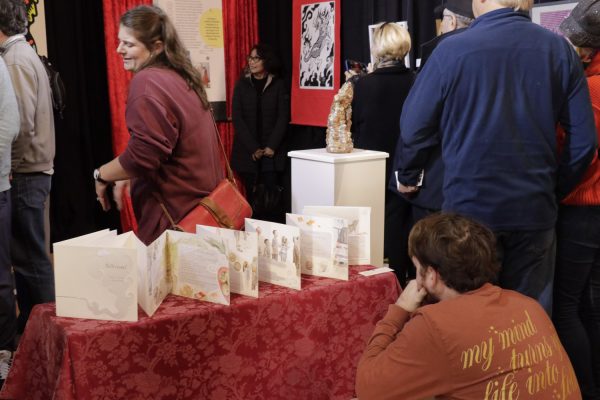
Sidney, a Taiwanese American artist attending the University of California Santa Barbara (UCSB), was also born and raised in Santa Barbara. Her idea behind this festival was to celebrate AAPI artists with the Lunar New Year to give a platform to showcase their art.
“A place my mom calls home, which is Taiwan, we go back there in the summers and it’s the most joyful time,” Sidney said. “I wish to bring a slice of that back with me to Santa Barbara. By doing events like these, we’re hoping to mass people of all different cultures to celebrate.”
Javier is a Filipino American artist and designer who grew up in Santa Barbara and attended City College.
Javier wanted to paint the dragon to represent his culture and show the beauty of being Filipino and Asian American. He shared how much the dragon meant to him, and how empowering it was for him as an Asian American to slowly fall in love with his culture and his heritage.
“I already use the dragon motif in a lot of my art as a symbol of strength and resilience,” Javier said. “Being Asian, or being different, was seen as a weakness, and painting something like this gives me empowerment to be like, ‘my history and heritage is beautiful, and there was so much strength in it.’”
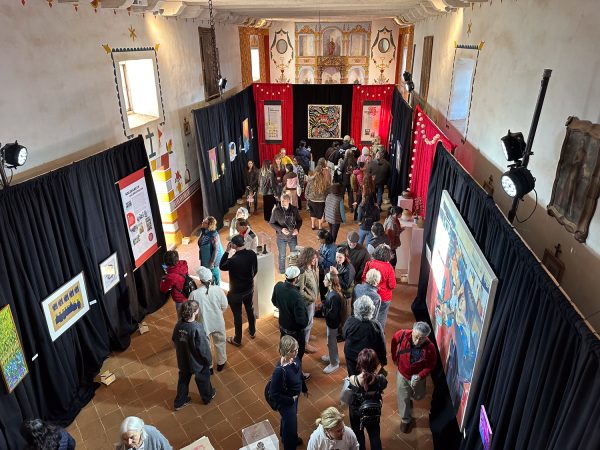
Attendees at the festival also shared why the event was important for them and their families.
“I wanted my child to be more exposed,” Yen, a Chinese American woman said. “Today is the first day of the Chinese new year. Being away doesn’t have a lot of exposure to the culture. I think this is a wonderful opportunity.”
Yen described the importance of introducing her child to their culture firsthand and integrating it into their family life. Her husband, Sebastian Lebeau, amplified her sentiment.
“My daughter is half-Chinese,” Lebeau said. “We would like our child and ourselves to be exposed to the different aspects of our culture.”


